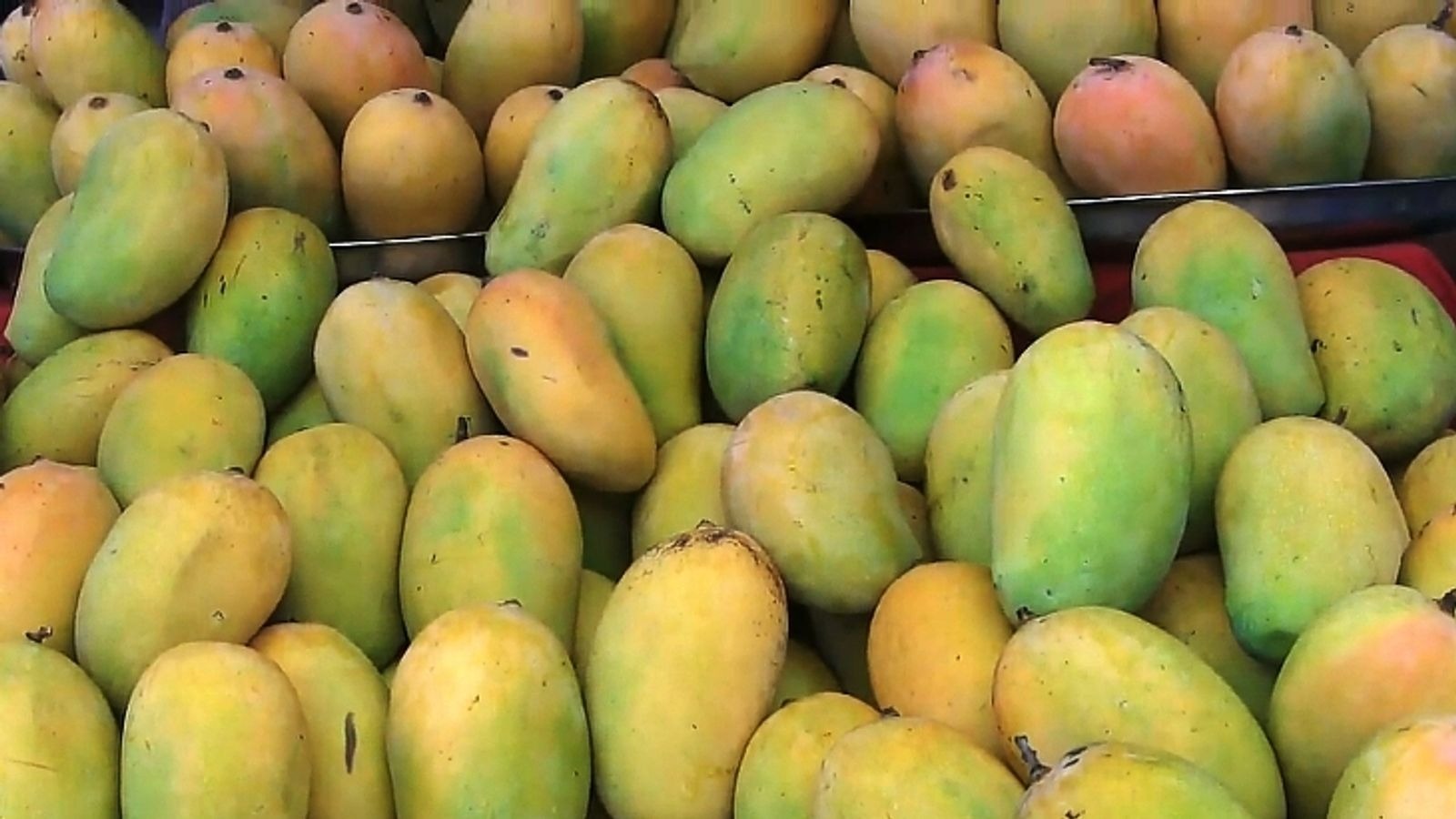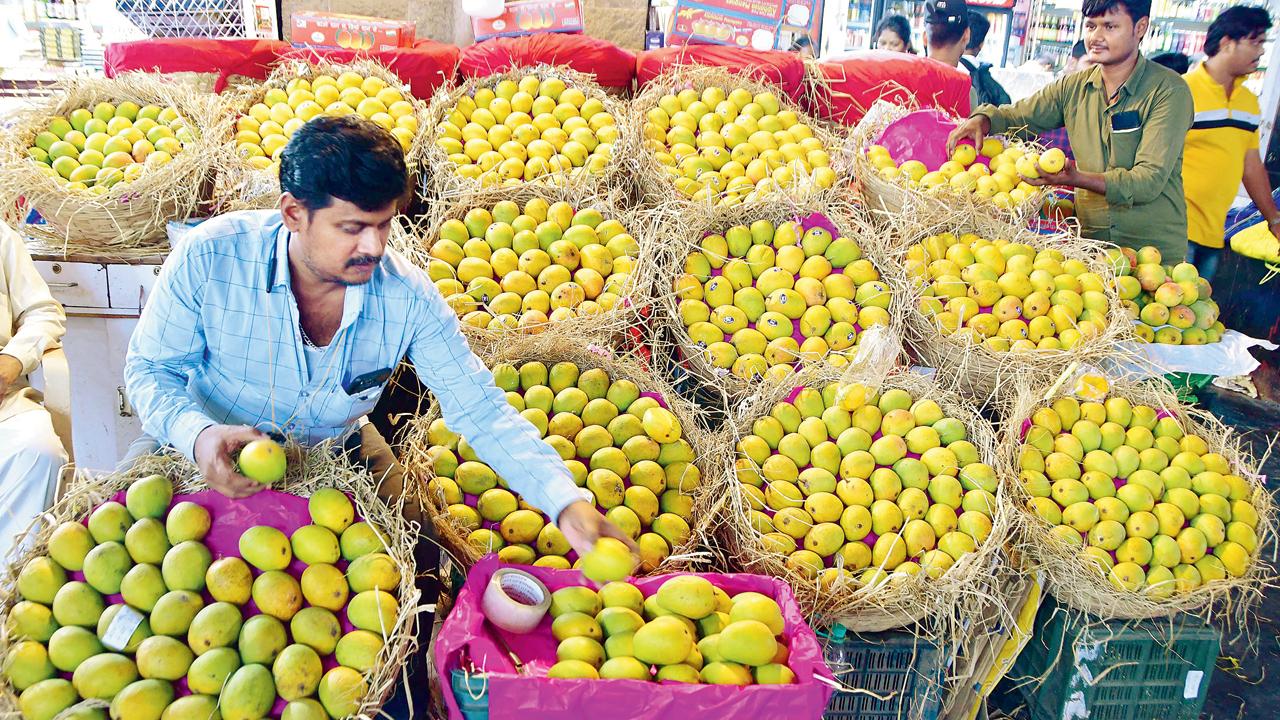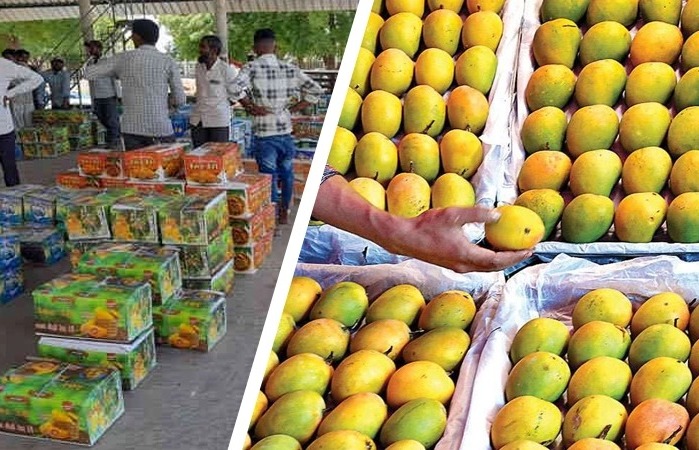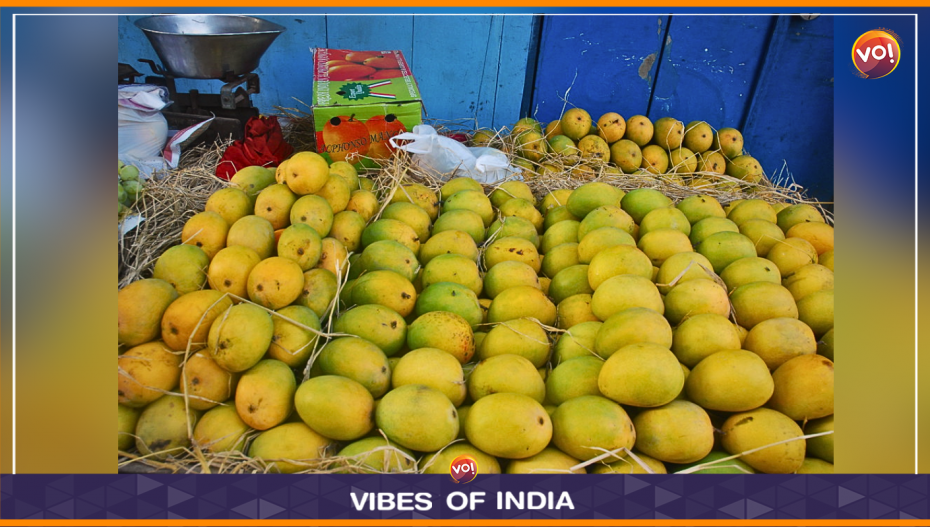In Gujarat State, the mango rules supreme as the primary commercial fruit, occupying the largest area in comparison to all other fruits. While a variety of cultivars are suitable for the State, including Alphonso, Badami, Banarasi Langra, Kesar, Rajapuri, and more, many of them fall short in terms of economic viability.
However, the three most commercially successful cultivars -Alphonso, Rajapuri, and Kesar – are grown in different agro-climatic zones throughout the State. Alphonso thrives in the humid climate of Southern Gujarat with heavy rainfall (about 200 to 250 cm), while Rajapuri is grown in the dry, low-rainfall areas of Middle and North Gujarat (about 100 cm). Kesar is cultivated in the Saurashtra region, where rainfall remains low (about 70 to 80 cm).

Gujarat has a large cultivation of Kesar mango across the Kutch and Saurashtra regions, covering Junagadh, Gir Somnath, Bhavnagar, Rajkot, Porbandar, and Amreli districts. One of the largest Kesar mango markets in Gujarat expressed concerns about the potential impact on the crop due to unseasonal rains.
However, the mango arrivals will begin on April 25 and Kesar mango arrivals usually take place by the April end.
Gir Kesar: Royal Mangoes
The world-renowned Kesar mango, also known as Gir Kesar, is a coveted fruit known for its vibrant orange or saffron-coloured pulp. The mango’s name, “Kesar,” is derived from the Hindi word for saffron, which is fitting given its hue. This particular variety of mango is grown in the Gujarati foothills of Girnar, which is known for its favourable climate for mango cultivation.
The Gir Kesar mango has rightfully earned its title as “The Queen of Mango”. Its origin can be traced back to the 1930s when Junagadh Wazir Sale Bhai began cultivating it in the Vanthali region. Legend has it that nearly 80 grafts of the mango were planted in the Girnar foothills at the Junagadh Laal Dori farm, where it thrived.
It wasn’t until 1934 that the name “Kesar” for the mango was coined. The Nawab of Junagadh, Muhammad Mahabat Khan III, is said to have exclaimed “This is Kesar!” upon seeing the mango’s bright orange flesh, cementing its name for generations to come.

Kutch Emerges as New Fertile Land for Kesar Mango
Kutch, known for its dry terrain, is now making a name for itself as a fertile ground for the Kesar variety of mangoes. The district is fast becoming a preferred destination for Kesar mango cultivation, rivalling the Gir Somnath district in Saurashtra.
According to farmers, the use of drip irrigation from groundwater has been a significant factor in boosting the prospects of Kutch as a potential Kesar mango heartland. Currently, Gir Somnath holds the title for producing the highest volume of Kesar mangoes.
Recent statistics reveal that the acreage of mango fruit in the Kutch district has risen by about 7 per cent, a significant increase of approximately 1,700 hectares, bringing the total area under mango cultivation to 10,033 hectares for the year 2017-18. Comparatively, the increase in mango acreage in the Gir Somnath district was about 6 per cent, with a total area of 14,820 hectares.

Mango cultivation in the talukas of Mandvi, Mundra, and Nakhatrana has been gaining momentum lately. Experts predict that the central region of Kutch, with its highly fertile land and limited exposure to agrochemicals, presents an excellent opportunity for Kesar mango cultivation.
Recently, several regions in Amreli and Junagadh were lashed by unseasonal rain and hail, which only worsened the natural process. Sources added that Kesar boxes which hit the market in early May will be those where farmers have used hormones for early ripening.
Also Read: Maradona’s Death: Trial Confirmed For Eight Medical Professionals













